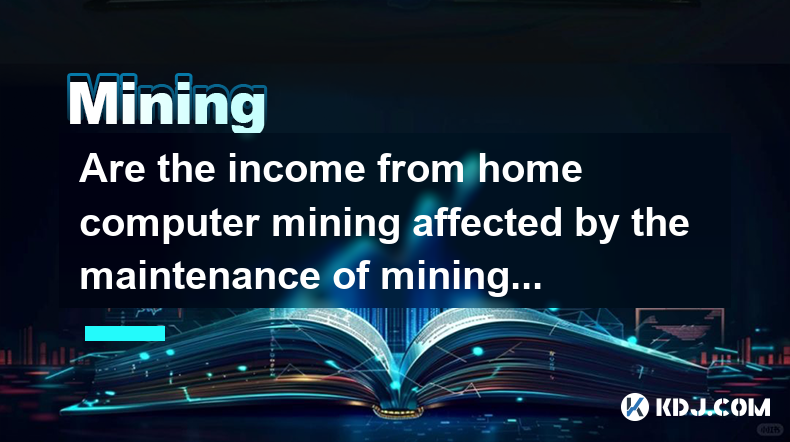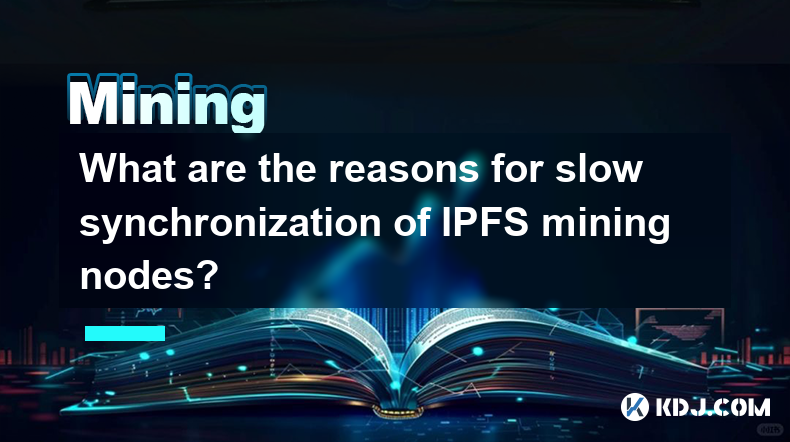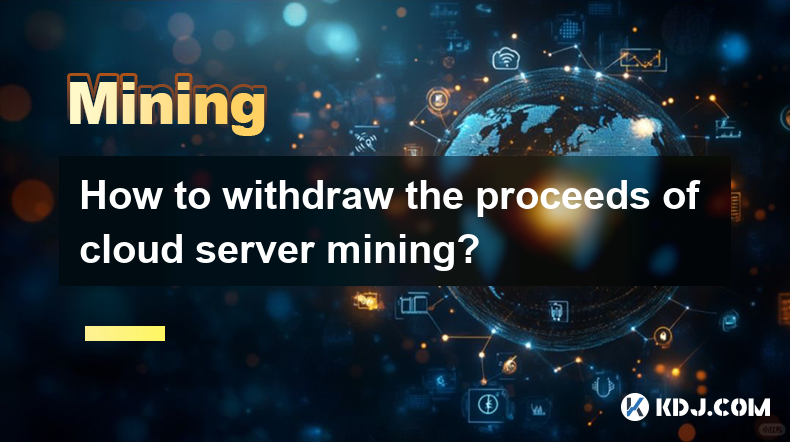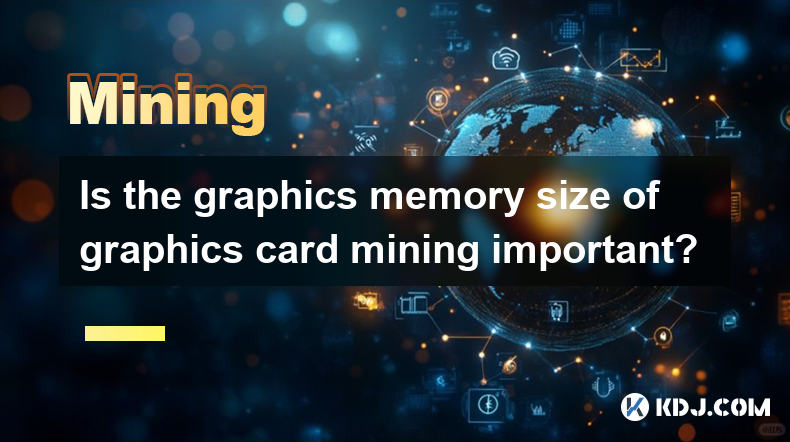-
 Bitcoin
Bitcoin $85,464.9896
2.96% -
 Ethereum
Ethereum $1,627.2982
4.80% -
 Tether USDt
Tether USDt $0.9996
0.01% -
 XRP
XRP $2.1481
6.82% -
 BNB
BNB $595.1416
1.80% -
 Solana
Solana $132.7780
10.67% -
 USDC
USDC $0.9999
0.01% -
 Dogecoin
Dogecoin $0.1662
4.97% -
 TRON
TRON $0.2476
1.70% -
 Cardano
Cardano $0.6493
4.75% -
 UNUS SED LEO
UNUS SED LEO $9.3607
0.27% -
 Chainlink
Chainlink $13.0646
4.30% -
 Avalanche
Avalanche $20.3048
7.40% -
 Sui
Sui $2.3799
10.13% -
 Stellar
Stellar $0.2439
4.18% -
 Hedera
Hedera $0.1747
5.28% -
 Shiba Inu
Shiba Inu $0.0...01245
3.37% -
 Toncoin
Toncoin $2.9178
3.21% -
 Bitcoin Cash
Bitcoin Cash $338.9546
8.79% -
 MANTRA
MANTRA $6.2830
-2.04% -
 Litecoin
Litecoin $78.1950
3.91% -
 Polkadot
Polkadot $3.6828
3.90% -
 Hyperliquid
Hyperliquid $16.2355
5.28% -
 Dai
Dai $1.0001
0.02% -
 Bitget Token
Bitget Token $4.4059
2.39% -
 Pi
Pi $0.7500
14.62% -
 Ethena USDe
Ethena USDe $0.9991
0.03% -
 Monero
Monero $211.6877
1.49% -
 Uniswap
Uniswap $5.4313
5.25% -
 OKB
OKB $54.4271
2.85%
What is the cost structure of cloud computing power mining platform?
Cloud mining costs include subscription, maintenance, withdrawal fees, and contract purchases, influenced by hash rate, electricity, market conditions, and platform reliability.
Apr 13, 2025 at 02:50 am

The cost structure of a cloud computing power mining platform is a critical aspect for miners to understand before they engage in cryptocurrency mining. This article delves into the various elements that contribute to the overall cost of using such platforms, providing a comprehensive overview that can help potential miners make informed decisions.
Understanding Cloud Mining
Cloud mining allows individuals to mine cryptocurrencies without the need to purchase and maintain expensive mining hardware. Instead, users rent computing power from a cloud mining service provider. The primary attraction of cloud mining is its simplicity and lower entry barrier compared to traditional mining setups.
The basic premise of cloud mining involves paying a fee to a service provider who manages the mining operations on behalf of the user. This fee structure can vary significantly between different platforms, and understanding these costs is crucial for assessing the profitability of cloud mining.
Types of Costs in Cloud Mining
There are several types of costs associated with cloud mining platforms, each playing a role in the overall expense of mining cryptocurrencies.
Subscription Fees: Many cloud mining platforms operate on a subscription model, where users pay a recurring fee to access the computing power. These fees can be structured as daily, weekly, or monthly payments and are often based on the amount of hash power rented.
Maintenance Fees: To keep the mining equipment running efficiently, cloud mining providers may charge maintenance fees. These fees cover the cost of hardware upkeep, electricity, and other operational expenses.
Withdrawal Fees: When miners want to cash out their earnings, they may encounter withdrawal fees. These fees are typically charged by the platform for processing and transferring the mined cryptocurrencies to the user's wallet.
Contract Purchase Costs: Some platforms require users to purchase mining contracts, which grant access to a specific amount of computing power for a set period. The cost of these contracts can vary based on the duration and the amount of hash power provided.
Factors Influencing Cost Structure
Several factors can influence the cost structure of a cloud mining platform, and understanding these can help miners choose the most cost-effective option.
Hash Rate: The hash rate, or the speed at which a miner can solve computational problems, directly affects the cost of cloud mining. Higher hash rates typically require higher fees but can lead to increased mining rewards.
Electricity Costs: Although cloud miners do not directly pay for electricity, the cost of power is a significant factor for service providers. These costs are often passed on to users in the form of higher fees.
Market Conditions: The volatility of cryptocurrency markets can impact the cost structure of cloud mining. During periods of high demand for mining services, providers may increase their fees to capitalize on market conditions.
Platform Reputation and Reliability: More reputable and reliable platforms may charge higher fees due to their established infrastructure and customer support. However, these platforms often provide a more stable and secure mining experience.
Evaluating the Profitability of Cloud Mining
To determine the profitability of cloud mining, miners need to carefully assess the cost structure against potential earnings. This involves calculating the break-even point and considering the long-term viability of the mining operation.
Break-Even Analysis: The break-even point is the moment when the total earnings from mining equal the total costs incurred. To calculate this, miners need to consider the hash rate, the current price of the cryptocurrency being mined, and the fees charged by the platform.
Long-Term Viability: Beyond the break-even point, miners should evaluate the long-term viability of their cloud mining investment. This includes monitoring market trends, the stability of the mining platform, and any changes to the fee structure.
Comparing Different Cloud Mining Platforms
When choosing a cloud mining platform, it is essential to compare the cost structures of different providers. This comparison can help miners identify the most cost-effective option for their needs.
Research and Reviews: Conducting thorough research and reading reviews from other miners can provide valuable insights into the cost-effectiveness and reliability of different platforms.
Fee Comparison: Comparing the subscription, maintenance, withdrawal, and contract purchase fees across various platforms can help miners identify the most competitive options.
Trial Periods: Some platforms offer trial periods or introductory offers that allow miners to test the service before committing to a long-term contract. Taking advantage of these opportunities can help miners assess the cost structure and performance of the platform.
Mitigating Costs in Cloud Mining
While cloud mining can be a convenient way to mine cryptocurrencies, there are strategies that miners can employ to mitigate costs and maximize profitability.
Diversifying Mining Contracts: By diversifying their mining contracts across different cryptocurrencies and platforms, miners can spread their risk and potentially increase their overall returns.
Monitoring Market Trends: Staying informed about market trends and adjusting mining strategies accordingly can help miners take advantage of favorable conditions and minimize losses during downturns.
Negotiating Fees: In some cases, miners may be able to negotiate lower fees with cloud mining providers, especially if they are committing to a long-term contract or purchasing a large amount of hash power.
Optimizing Withdrawal Timing: By strategically timing withdrawals to coincide with favorable market conditions, miners can minimize the impact of withdrawal fees on their overall profitability.
Frequently Asked Questions
1. Can the cost structure of cloud mining change over time?
Yes, the cost structure of cloud mining can change over time due to various factors such as market conditions, electricity costs, and platform policies. Miners should regularly review the terms of their contracts and stay informed about any changes to the fee structure.
2. Are there any hidden costs associated with cloud mining?
While most cloud mining platforms are transparent about their fee structures, some may have hidden costs such as transaction fees for depositing funds or penalties for early contract termination. It is essential for miners to carefully read the terms and conditions of any platform before signing up.
3. How can I determine if a cloud mining platform is legitimate?
To determine the legitimacy of a cloud mining platform, miners should look for factors such as the platform's reputation, user reviews, transparency about their operations, and any certifications or audits they have undergone. It is also advisable to start with a small investment to test the platform's reliability before committing to a larger contract.
4. Is cloud mining more cost-effective than traditional mining?
The cost-effectiveness of cloud mining compared to traditional mining depends on various factors such as the cost of electricity, hardware maintenance, and the fees charged by the cloud mining platform. In some cases, cloud mining can be more cost-effective due to the lower upfront investment and the ability to scale operations quickly. However, miners should conduct a thorough cost-benefit analysis to determine which option is best for their specific circumstances.
Disclaimer:info@kdj.com
The information provided is not trading advice. kdj.com does not assume any responsibility for any investments made based on the information provided in this article. Cryptocurrencies are highly volatile and it is highly recommended that you invest with caution after thorough research!
If you believe that the content used on this website infringes your copyright, please contact us immediately (info@kdj.com) and we will delete it promptly.
- Seventy Chains and Counting: Bitcoin Staking Expands With Mainnet Launch and New Integration
- 2025-04-13 12:10:15
- Remittix (RTX) Price Prediction Shows Hopes That DOGE Price May Yet Recover
- 2025-04-13 12:10:15
- WOODZ Rumored to Have Dated the Late Actress Kim Sae Ron Prior to Her DUI Incident
- 2025-04-13 12:10:13
- The SafeMoon (SFM) project has gradually signaled bullish momentum
- 2025-04-13 12:10:13
- ArbitrageScanner – The Loudest Crypto Event of the Year
- 2025-04-13 12:00:12
- Four-day Spiritual Retreat at St Lawrence Church and Shrine Concludes
- 2025-04-13 12:00:12
Related knowledge

Are the income from home computer mining affected by the maintenance of mining equipment?
Apr 12,2025 at 06:56pm
Introduction to Home Computer MiningHome computer mining refers to the process of using personal computers to mine cryptocurrencies such as Bitcoin, Ethereum, and others. This method of mining has become popular among enthusiasts who want to participate in the cryptocurrency ecosystem without investing in specialized mining hardware. However, the income...

What is the cost structure of cloud computing power mining platform?
Apr 13,2025 at 02:50am
The cost structure of a cloud computing power mining platform is a critical aspect for miners to understand before they engage in cryptocurrency mining. This article delves into the various elements that contribute to the overall cost of using such platforms, providing a comprehensive overview that can help potential miners make informed decisions. Unde...

What are the reasons for slow synchronization of IPFS mining nodes?
Apr 13,2025 at 01:07am
The synchronization of InterPlanetary File System (IPFS) mining nodes is a critical process that ensures the integrity and efficiency of the decentralized network. However, users often encounter slow synchronization, which can be frustrating and impact their overall experience. Understanding the reasons behind this issue is essential for optimizing node...

How to withdraw the proceeds of cloud server mining?
Apr 12,2025 at 06:14pm
How to Withdraw the Proceeds of Cloud Server Mining? Cloud server mining has become an increasingly popular way for individuals to participate in cryptocurrency mining without the need for expensive hardware and technical expertise. However, once you've successfully mined some cryptocurrency, the next crucial step is understanding how to withdraw your p...

Is the graphics memory size of graphics card mining important?
Apr 13,2025 at 03:50am
Is the graphics memory size of graphics card mining important? When it comes to cryptocurrency mining, particularly with graphics cards, the debate over the importance of graphics memory size is a common topic among miners. The graphics memory size, often referred to as VRAM, plays a crucial role in the efficiency and performance of mining operations. T...

How much impact does the mining difficulty of home computer mining have on the benefits?
Apr 12,2025 at 11:01pm
The mining difficulty of cryptocurrencies significantly affects the benefits that can be derived from mining on a home computer. Mining difficulty refers to the measure of how difficult it is to find a hash below a given target, which is a critical component of the mining process for cryptocurrencies like Bitcoin. This article will explore the impact of...

Are the income from home computer mining affected by the maintenance of mining equipment?
Apr 12,2025 at 06:56pm
Introduction to Home Computer MiningHome computer mining refers to the process of using personal computers to mine cryptocurrencies such as Bitcoin, Ethereum, and others. This method of mining has become popular among enthusiasts who want to participate in the cryptocurrency ecosystem without investing in specialized mining hardware. However, the income...

What is the cost structure of cloud computing power mining platform?
Apr 13,2025 at 02:50am
The cost structure of a cloud computing power mining platform is a critical aspect for miners to understand before they engage in cryptocurrency mining. This article delves into the various elements that contribute to the overall cost of using such platforms, providing a comprehensive overview that can help potential miners make informed decisions. Unde...

What are the reasons for slow synchronization of IPFS mining nodes?
Apr 13,2025 at 01:07am
The synchronization of InterPlanetary File System (IPFS) mining nodes is a critical process that ensures the integrity and efficiency of the decentralized network. However, users often encounter slow synchronization, which can be frustrating and impact their overall experience. Understanding the reasons behind this issue is essential for optimizing node...

How to withdraw the proceeds of cloud server mining?
Apr 12,2025 at 06:14pm
How to Withdraw the Proceeds of Cloud Server Mining? Cloud server mining has become an increasingly popular way for individuals to participate in cryptocurrency mining without the need for expensive hardware and technical expertise. However, once you've successfully mined some cryptocurrency, the next crucial step is understanding how to withdraw your p...

Is the graphics memory size of graphics card mining important?
Apr 13,2025 at 03:50am
Is the graphics memory size of graphics card mining important? When it comes to cryptocurrency mining, particularly with graphics cards, the debate over the importance of graphics memory size is a common topic among miners. The graphics memory size, often referred to as VRAM, plays a crucial role in the efficiency and performance of mining operations. T...

How much impact does the mining difficulty of home computer mining have on the benefits?
Apr 12,2025 at 11:01pm
The mining difficulty of cryptocurrencies significantly affects the benefits that can be derived from mining on a home computer. Mining difficulty refers to the measure of how difficult it is to find a hash below a given target, which is a critical component of the mining process for cryptocurrencies like Bitcoin. This article will explore the impact of...
See all articles























































































